A supercrystal formation previously unobserved in a metal-insulating material was discovered by a Cornell-led research team, potentially unlocking new ways to engineer materials and devices with tunable electronic properties.
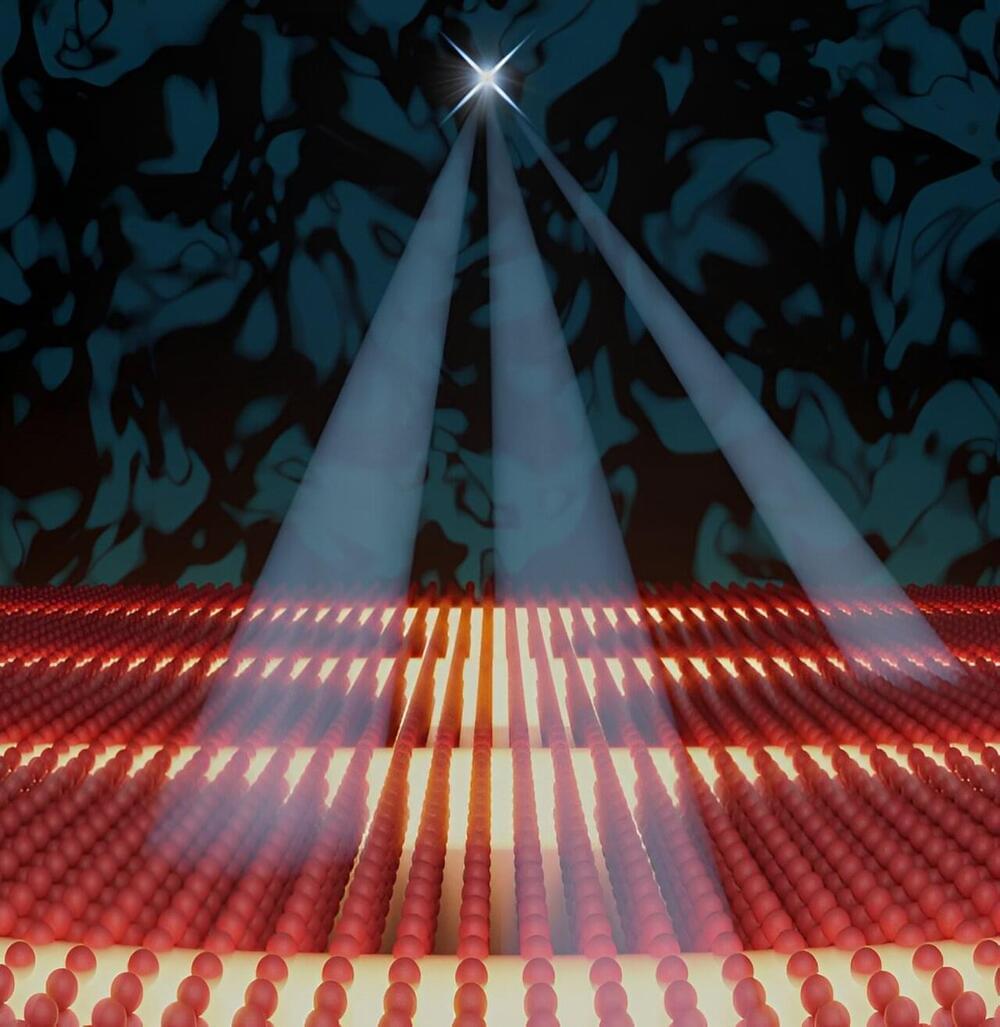

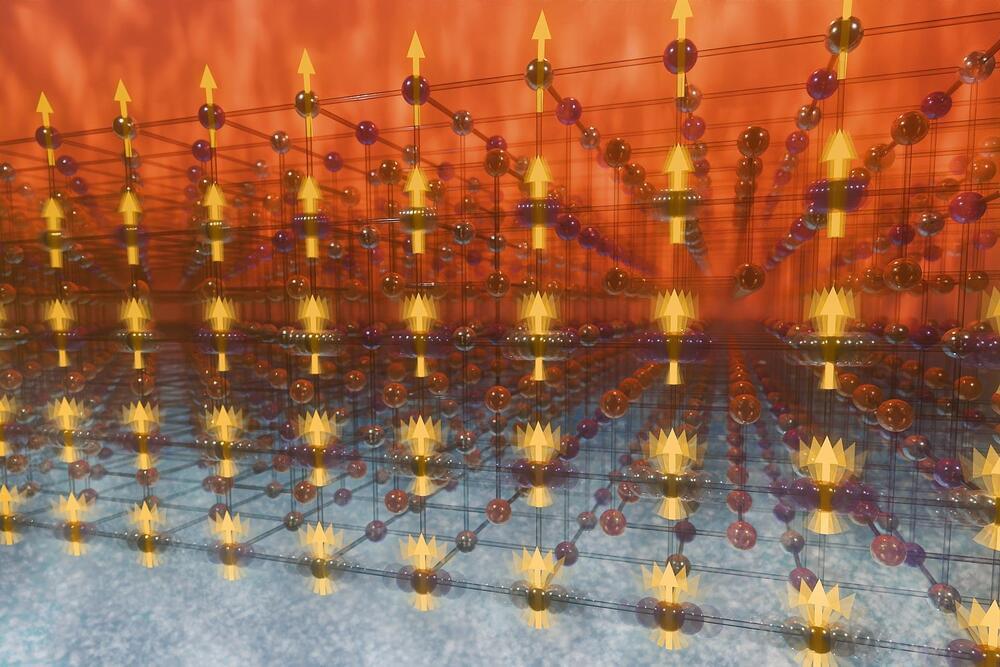
Researchers have made significant advancements in understanding atomic-scale heat motion in materials, crucial for developing solid-state cooling technology.
This technology, which operates without traditional refrigerants or moving parts, uses materials like nickel-cobalt-manganese-indium magnetic shape-memory alloys to exploit the magnetocaloric effect for efficient cooling.
A crucial knowledge gap in atomic-scale heat motion was recently bridged by a research team led by the Department of Energy’s Oak Ridge National Laboratory. This new understanding holds promise for enhancing materials to advance an emerging technology called solid-state cooling.
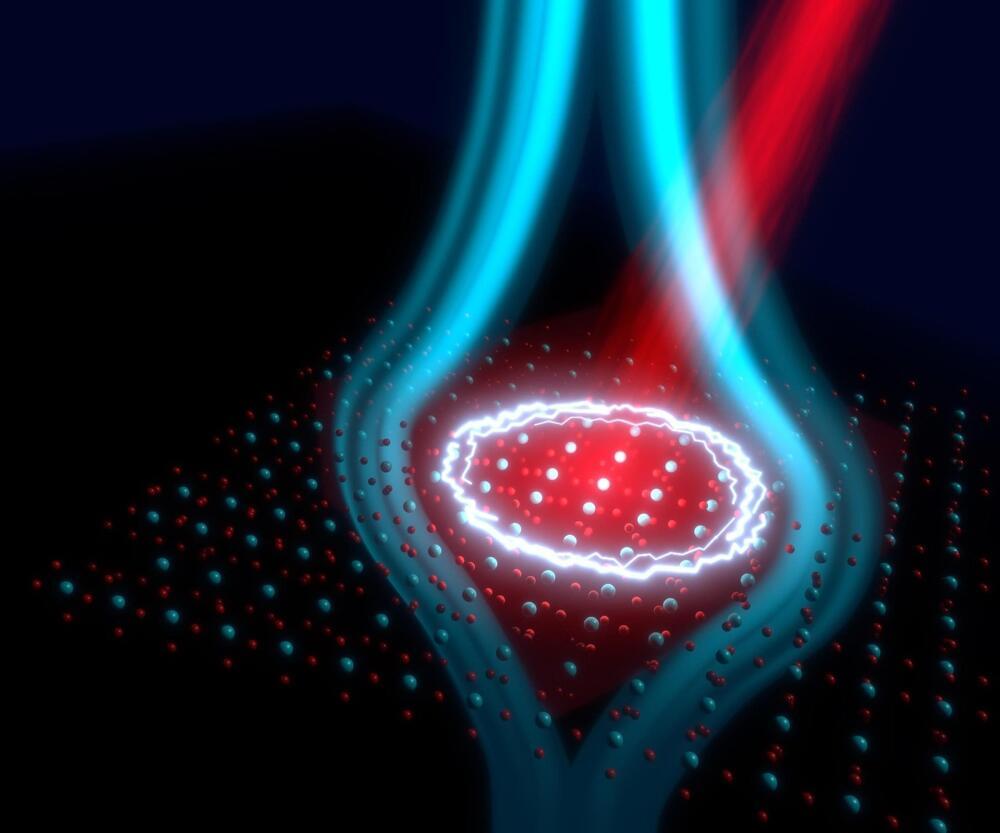
Researchers have developed methods to explore and utilize superconductivity in non-equilibrium states, such as those induced by laser pulses, at temperatures much higher than traditional superconductors operate.
This light-induced superconductivity has been shown to replicate crucial features like zero electrical resistance and expulsion of magnetic fields, suggesting potential applications in high-speed devices and extending superconductivity to ambient temperatures.
Superconductivity is a remarkable phenomenon that enables a material to carry an electrical current with zero loss. This collective quantum behavior is unique to certain conductors and only occurs at temperatures significantly below room level.

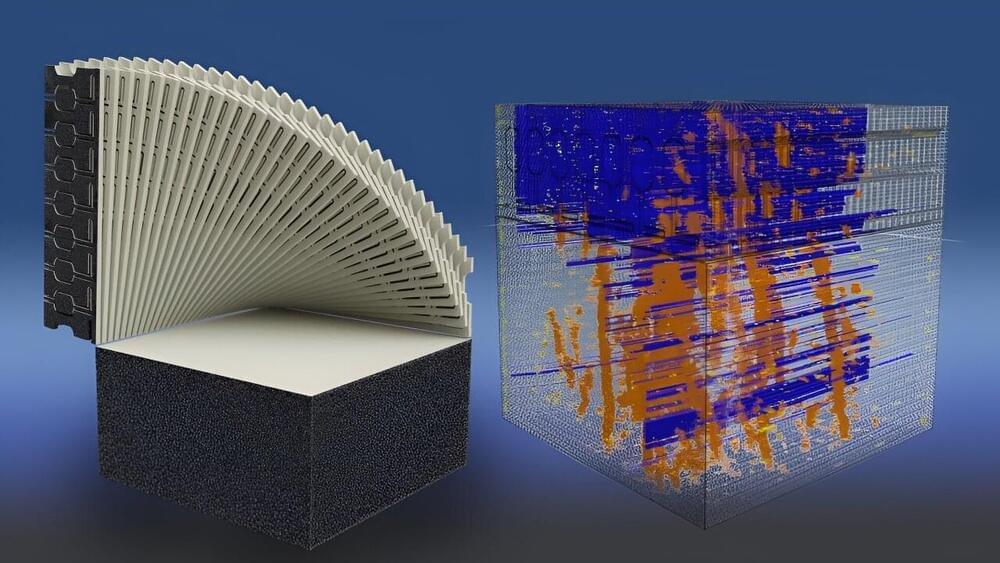
The Department of Energy’s Oak Ridge National Laboratory has publicly released a new set of additive manufacturing data that industry and researchers can use to evaluate and improve the quality of 3D-printed components. The breadth of the datasets can significantly boost efforts to verify the quality of additively manufactured parts using only information gathered during printing, without requiring expensive and time-consuming post-production analysis.
Data has been routinely captured over a decade at DOE’s Manufacturing Demonstration Facility, or MDF, at ORNL, where early-stage research in advanced manufacturing coupled with comprehensive analysis of the resulting components has created a vast trove of information about how 3D printers perform. Years of experience pushing the boundaries of 3D printing with novel materials, machines and controls have provided ORNL with the unique ability to develop and share comprehensive datasets. The newest dataset is now available for free through an online platform.
The conventional manufacturing industry benefits from centuries of quality-control experience. However, additive manufacturing is a newer, non-traditional approach that typically relies on expensive evaluation techniques for monitoring the quality of parts. These techniques might include destructive mechanical testing or non-destructive X-ray computed tomography, which creates detailed cross-sectional images of objects without damaging them.
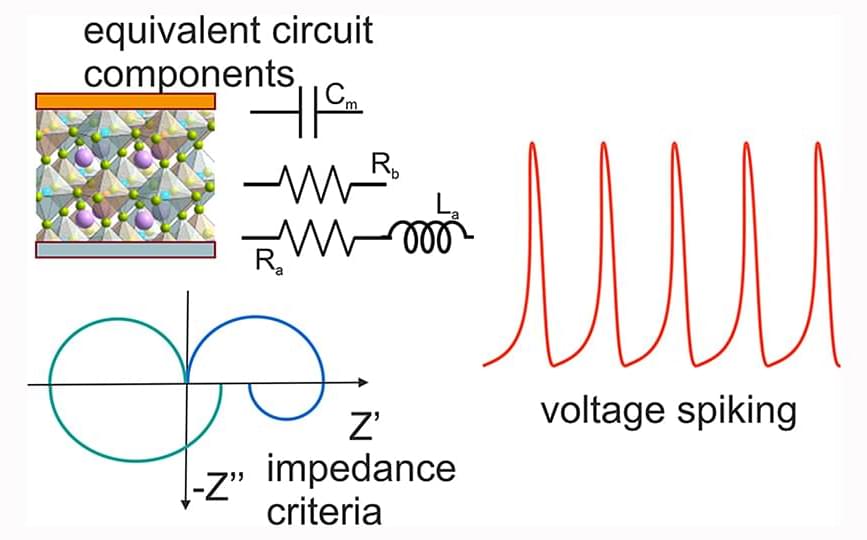
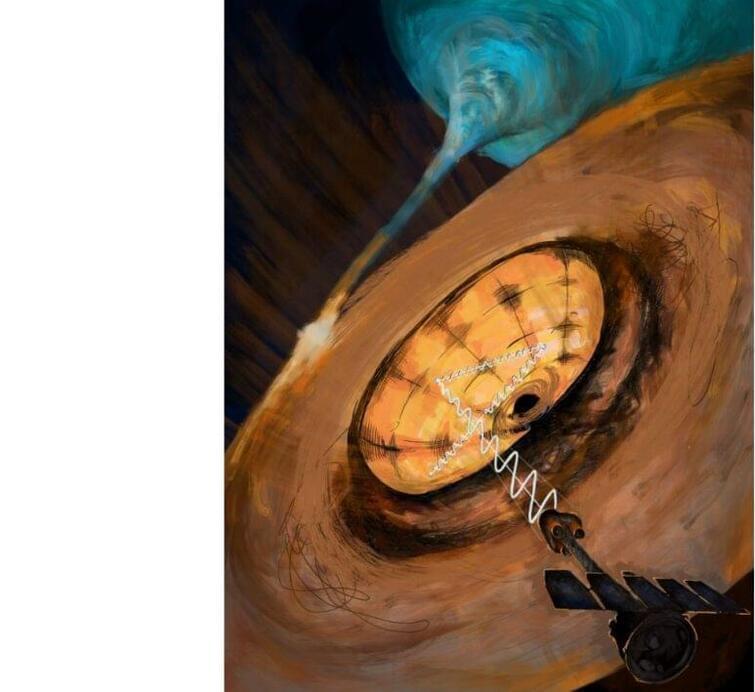
Astronomers uncovered that a well-known X-ray binary, whose exact nature has been a mystery to scientists until now, is actually a hidden ultraluminous X-ray source. X-ray binaries are intriguing systems consisting of two celestial bodies: a normal star and a compact, dead object such as a black hole or a neutron star that sucks material from its stellar companion. A few hundred such sources have been identified thus far in our Galaxy. When it comes to the most powerful phenomena in the Universe, the release of gravitational energy in X-ray binary systems stands out as a highly efficient process.
Among the first X-ray binary systems discovered in the cosmos is the system Cygnus X-3. Since the early 1970s, this binary system was noted for its ability to briefly emerge as one of the most intense radio sources, yet in a few days it dims or vanishes altogether.
This peculiar characteristic spurred early efforts, coordinated by telephone calls, to unite astronomical observations across the globe.
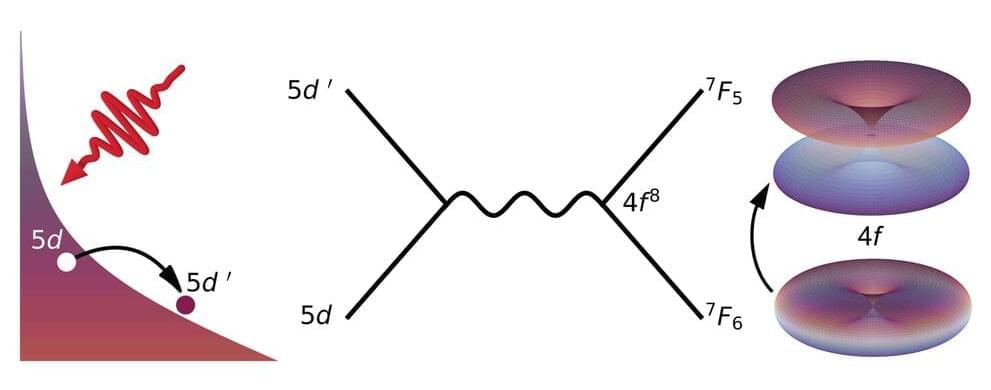
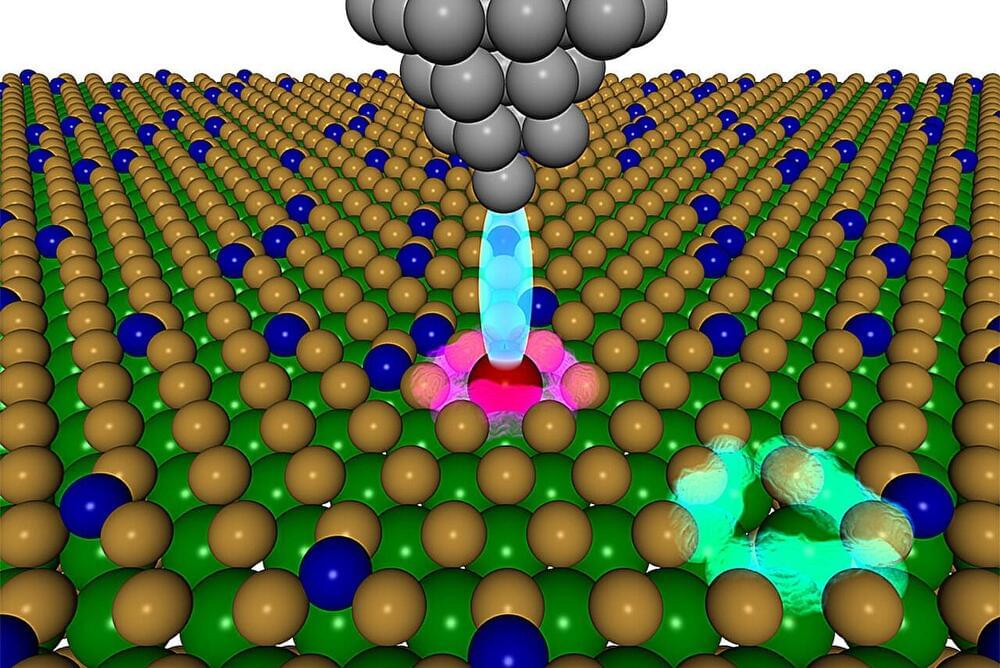
Researchers at the Department of Energy’s Lawrence Berkeley National Laboratory (Berkeley Lab) and several collaborating institutions have successfully demonstrated an innovative approach to find breakthrough materials for quantum applications. The study is published in the journal Nature Communications.
The space environment is harsh and full of extreme radiation. Scientists designing spacecraft and satellites need materials that can withstand these conditions.
In a paper published in January 2024, my team of materials researchers demonstrated that a next-generation semiconductor material called metal-halide perovskite can actually recover and heal itself from radiation damage.